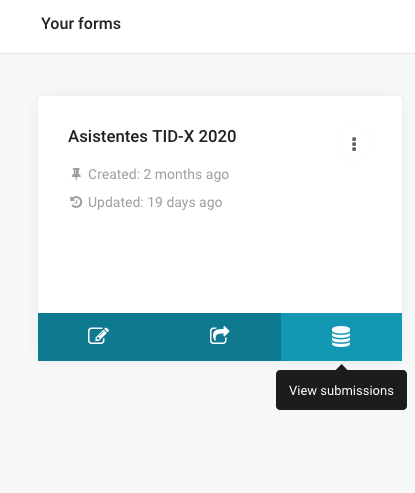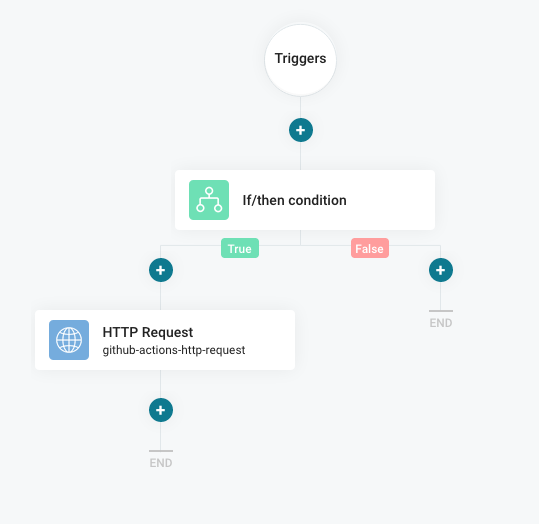« TID-X registration flow with Arengu 15 Mar 2020
Last week I was working on the TID-X registration form; TID-X is a tech event I co-organize with my friends Gustavo and Alonso.
Given that TID-X is a free event, registration is a very simple process: we need to know approximate number of attendees, so we make sure we that venu capacity is not overflowed.
Registration flow
Despite its simplicity, the registration needs to include the following:
-
A list of all attendees including their ID details. All that is required by the security team at the hosting venue. So, we need to make sure that we collect all data without disclosing private information.
-
A list of attendees for the conference website. TID-X is, mainly, a social event focused on socializing with friends and colleagues but also meeting new people, so getting to know who will be attending in advance is not only a cool thing but also a useful one, if you want to make the most of your time there.
2020 will be the third TID-X edition, and in the previous ones, we (the organizers) were tackled these requirements using two separate flows:
- private list for security: attendee should fill in her data in a Google Form.
- public list of attendees: attendee should send a Pull Request to TID-X repository including her name and personal URL.
Having two decoupled steps is the last thing you want for something like a registration flow ![]() . Also, the Pull Request step created some friction
for some attendees.
. Also, the Pull Request step created some friction
for some attendees.
Welcome Arengu!
I was looking for options to merge these two flows into a single step, to simplify the usability and streamline the signing up for our users. TID-X web page is hosted in Github using Github Pages, and keeping the public list of attendees as part of the source code was definitely something I wanted to maintain (we’re serverless!).
And then, I found Arengu!
Arengu is a very interesting product that raised €500.000](https://tech.eu/brief/arengu-pre-seed/) some weeks ago. Its goal is to help companies build their sign-up flows with ease. I’d define it as the intersection of Auth0 and Typeform.
Arengu has two main entities:
- form: usual functionalities you may expect if you’ve used Google Forms or TypeForm.
- flows: build business logic on top of a form.
Going back to the our TID-X needs, list of attendees for the security team was very easy to implement. With Arengu you can view and export the form submissions.

As for the public list of attendees, it meant updating TID-X source code by adding the new attendee to the attendees list.
That’s a very good fit for an Arengu flow: once the user has filled in the form, if she has accepted to be included in the attendees public list, a new pull request to the source code repository with the relevant user data would be generated:

Setting up a flow (business logic) was very straight forward. The HTTP Request step triggers a Github Action, which will eventually create a Pull Request for adding the attendee name to the attendees list.
Conclusion
Arengu allowed us to merge the two registration flows we had without writing any code and without deploying any logic. Very cool! 🙌🏻🚀
« Home